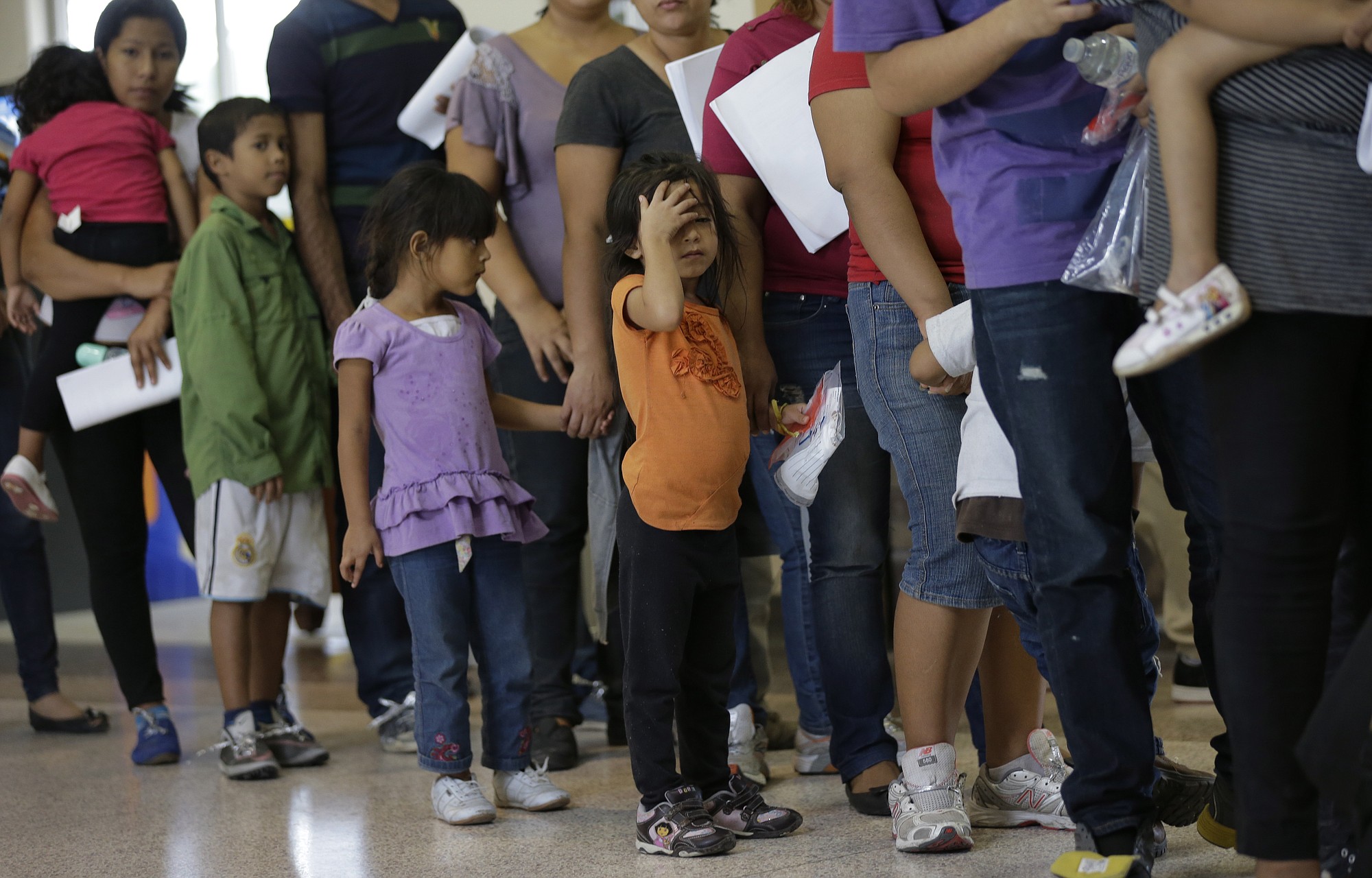MISSION, Texas — The influx of migrants crossing the U.S.-Mexico border has grown so large that it now requires its own transportation system: government buses that spend each night idling on a Texas roadside, awaiting the latest arrivals.
The buses, joined by a fleet of Border Patrol vans, illustrate the immense and grindingly routine task facing Border Patrol agents in the 5-mile slice of deep South Texas that has become the epicenter of the recent surge in illegal immigration.
An Associated Press reporter recently spent several days in this arid terrain, revealing a daily tide of migration that sends impoverished families into a harsh landscape bristling with cameras, lookout towers and heavily armed patrols. Against that backdrop, human smugglers and drug cartels match wits with overwhelmed American authorities.
Deputy Rudy Trevino was patrolling a park along the border when he spied movement in the darkness. Swinging his spotlight toward the motion revealed 14 women and children who had just sneaked across the Rio Grande in a small boat.
The youngest, a 14-month-old boy from Guatemala, lay quietly in a baby carrier hung from his mother’s chest. The oldest, a 38-year-old woman from El Salvador, cried with her head in her hands, her 7-year-old daughter leaning against her.
Most of the immigrants hail from Central America, and many come with children. They often turn themselves over to authorities immediately after crossing the river, following the advice of smugglers, friends and relatives, who tell them they will eventually be released and allowed to continue to their destination.
For parents with young children, that has largely been true because the U.S. has only one long-term family detention facility, in Pennsylvania, and it’s full. Most parents are handed notices to appear at the immigration office closest to their destination and dropped off at bus stations across the Southwest. Children arriving without their parents are transferred to custody of the Health and Human Services Department, which tries to reunite them with family members in the U.S.
Both groups have often been allowed to remain in the U.S. while their immigration cases move forward, a process that can sometimes take years.
Migrants’ willingness to surrender to authorities has created a system in which smugglers need only to get their human cargo to the American side of the river, rather than guiding them to a populated area.
Just since October, the Border Patrol’s Rio Grande Valley sector has made more than 194,000 arrests, nearly triple that of any other sector. In the first week of June alone, agents in this area south of Mission arrested more than 2,800 people, most from Honduras, Guatemala and El Salvador, making it the highest-volume arrest zone on the entire U.S. border. More than 60 percent were children.
The zone is patrolled by no fewer than six local, state and federal law-enforcement agencies, including gunboats crewed by Texas state troopers with night-vision goggles and the Border Patrol’s white and green trucks.




